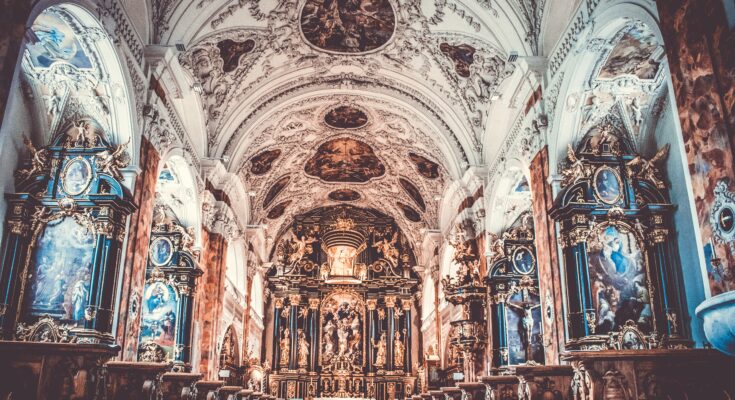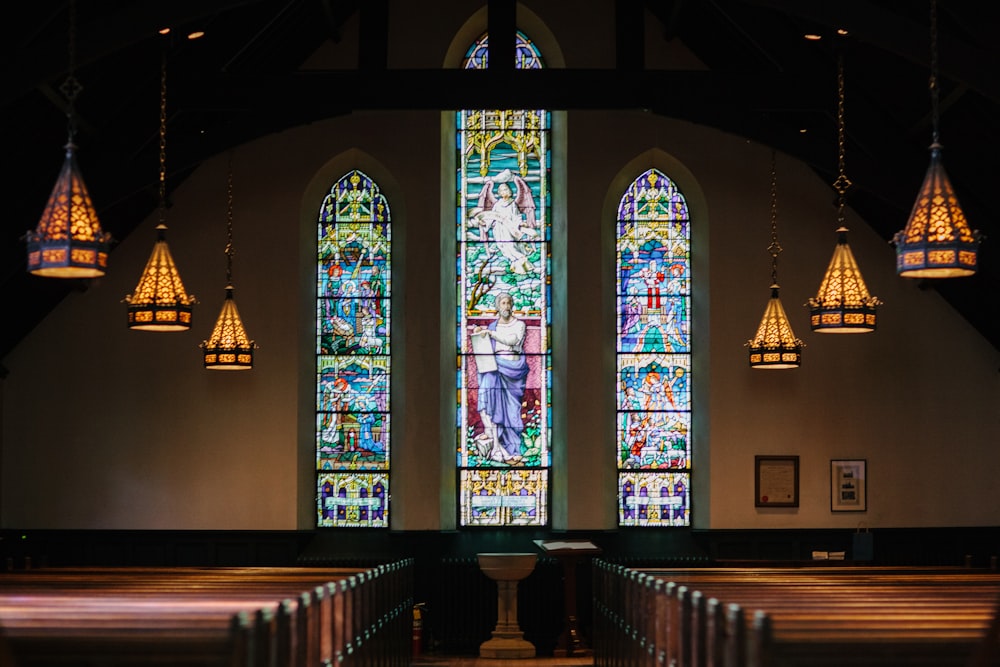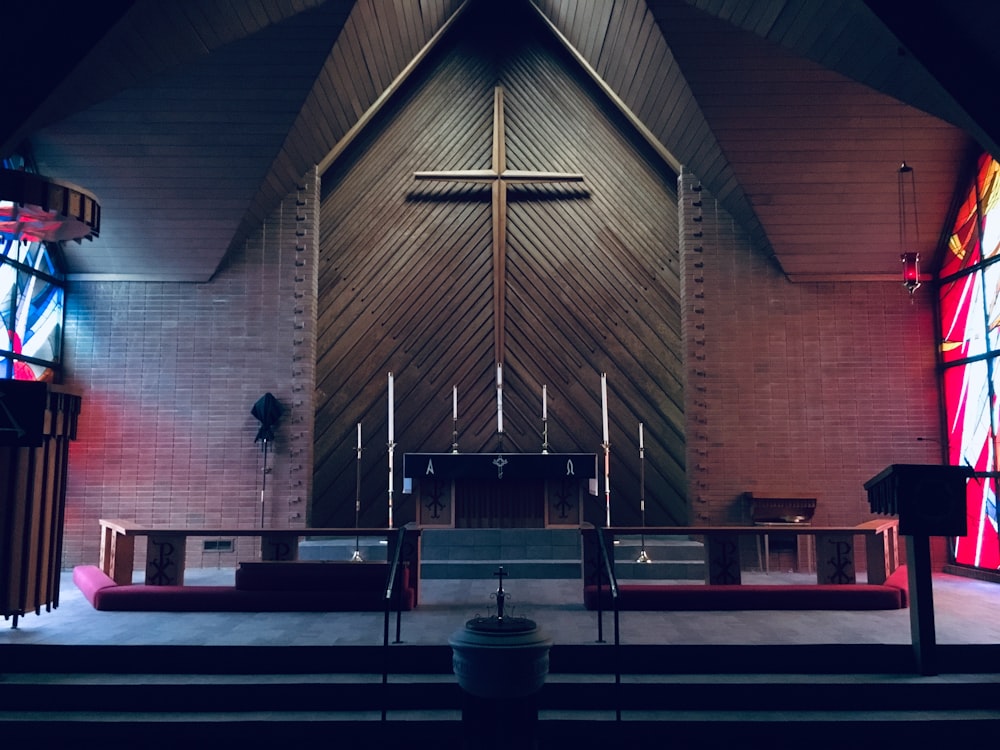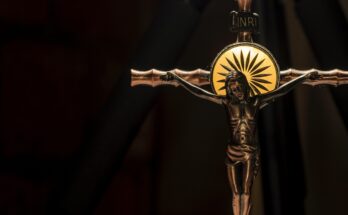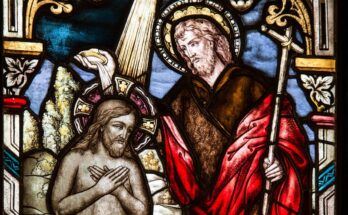History of corruption in Christianity
The history of Christianity spans two millennia, marked by moments of profound spirituality, theological development, and, regrettably, instances of corruption within the Church. This essay seeks to explore the historical layers of corruption within Christianity, acknowledging the complexities and challenges faced by the Church throughout its evolution. From the early days of the Christian movement to the Renaissance and beyond, corruption has manifested in various forms, raising questions about the delicate balance between spiritual ideals and human frailty.
Early Christian Era: History of Corruption
Image via Unsplash.com
In the early years of Christianity, the movement was characterized by simplicity and a commitment to the teachings of Jesus Christ. However, even during this formative period, corruption began to seep into the folds of the Church. The influence of wealth and power became evident as the Christian community expanded and gained recognition within the Roman Empire. Because Some leaders succumbed to the allure of material wealth and political influence, compromising the spiritual purity that marked the teachings of Jesus.
The Nicene Council of 325 AD, convened to address theological disputes and establish a unified doctrine, also witnessed political maneuvering and power struggles. The intertwining of religious authority with political influence set the stage for corruption, as leaders vied for supremacy within the Church hierarchy.
Medieval Christianity:
As Christianity became the dominant religious force in medieval Europe, corruption continued to weave its way into the fabric of the Church. The sale of indulgences, a practice wherein individuals could purchase forgiveness for sins, became a notorious symbol of corruption during the Middle Ages. The Church, in its pursuit of financial resources for grand architectural projects such as cathedrals, compromised its moral standing by commercializing salvation.
The Borgia papacy (1492–1503) stands out as a glaring example of corruption within the highest echelons of the Church. Pope Alexander VI, a member of the Borgia family, engaged in nepotism, simony, and other scandalous activities. The papacy, which should have epitomized spiritual leadership, became embroiled in political machinations and personal excesses.
Reformation and Counter-Reformation: History of Corruption
Image via Unsplash.com
The 16th century witnessed a seismic shift in the Christian landscape with the advent of the Protestant Reformation. Reformers like Martin Luther and John Calvin challenged the corrupt practices of the Catholic Church. They led to the decrying the sale of indulgences and advocating for a return to the core tenets of Christianity.
However, the response from the Catholic Church, known as the Counter-Reformation, was not without its own struggles against corruption. The Council of Trent (1545–1563), convened to address the theological challenges posed by the Reformation. It also addressed the need for internal reforms. Efforts were made to curb some of the most egregious corrupt practices, but the scars of corruption persisted.
Colonial Expansion and Missionary Corruption:
The age of colonial expansion brought Christianity to new corners of the globe. Missionaries, driven by a zeal to spread the Christian faith, played a pivotal role in these endeavors. However, the encounter between Christianity and indigenous cultures was not always harmonious, and instances of corruption marred the missionary efforts.
The fusion of Christian teachings with colonial power dynamics led to the subjugation and exploitation of native populations. Missionaries, at times, became agents of cultural imperialism, undermining the very principles of equality and justice espoused by Christianity. The intertwining of religious and political authority often resulted in abuses of power and a distortion of Christian ideals.
Modern Challenges: History of Corruption
Image via Unsplash.com
In the modern era, corruption within Christianity has taken on new forms. These often entangled with issues of financial impropriety, sexual misconduct, and abuse of authority. Scandals involving prominent televangelists, financial irregularities within religious institutions. And revelations of clergy abuse have shaken the faith of many believers.
The Catholic Church, in particular, has faced intense scrutiny for the widespread sexual abuse scandals. These came to light in the late 20th century. The handling of these cases, including efforts to cover up misconduct and protect the reputation of the Church, exposed deep-seated issues within the institution.
Responses to Corruption:
Throughout its history, the Christian Church has grappled with the challenge of corruption. It prompted various responses aimed at reform and renewal. The establishment of religious orders like the Franciscans and Dominicans during the Middle Ages was, in part, a response to the perceived corruption within the broader Church. These orders sought to return to a more ascetic and humble interpretation of Christian life.
The Councils of the Church, including Trent and Vatican II, have been pivotal in addressing internal corruption and initiating reforms. The acknowledgment of past mistakes, apologies for historical injustices, and efforts to implement preventive measures demonstrate a commitment to confronting corruption within the Church.
In recent decades, there has been a growing recognition within Christianity of the need for transparency, accountability. Because a recommitment to the ethical teachings of the faith. Theologians and leaders alike have called for a return to the core principles of love, justice. And humility that lie at the heart of the Christian message.
Conclusion: History of Corruption

Image via Pexels.com
The history of corruption within Christianity is a complex tapestry that weaves together moments of spiritual enlightenment and human failing. From the early days of the Christian movement to the present, the Church has grappled with the tension between its transcendent ideals and the flawed nature of its human custodians.
Corruption has undeniably left stains on the history of Christianity. It is crucial to recognize the ongoing efforts to address these issues. The path toward a more authentic expression of the Christian faith requires a continual commitment to introspection. Along with reform, and a renewed dedication to the principles that define Christianity at its core.
Acknowledging the historical layers of corruption within Christianity enables believers and scholars alike to engage in a constructive dialogue about the challenges faced by the Church. By learning from the mistakes of the past, Christianity can move forward with a sense of humility. And a commitment to justice, and a renewed focus on the transformative power of its spiritual message.
USEFUL LINKS:
Because the topic demands more research, click here to to read more
Islam: Prejudices and Misunderstanding

